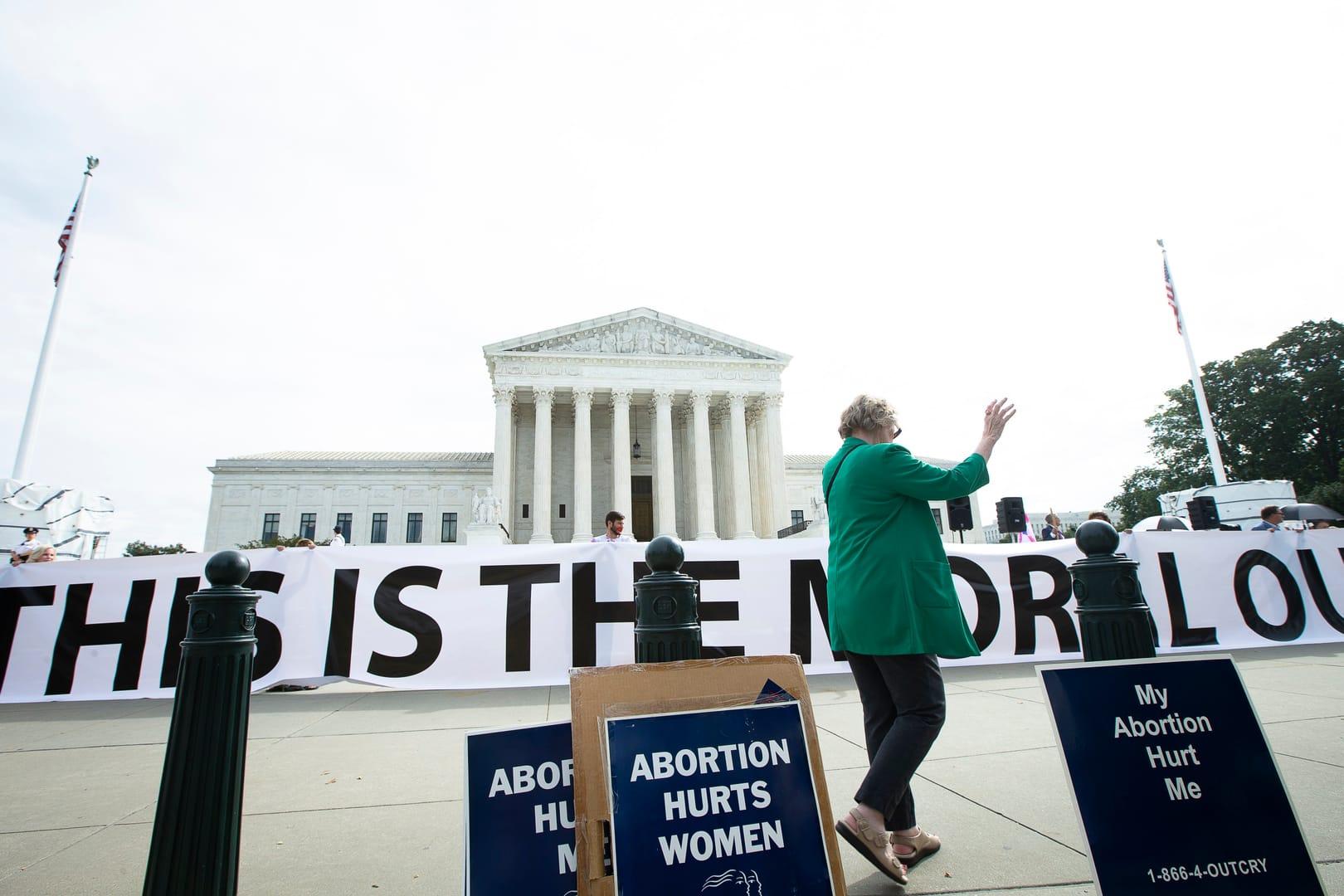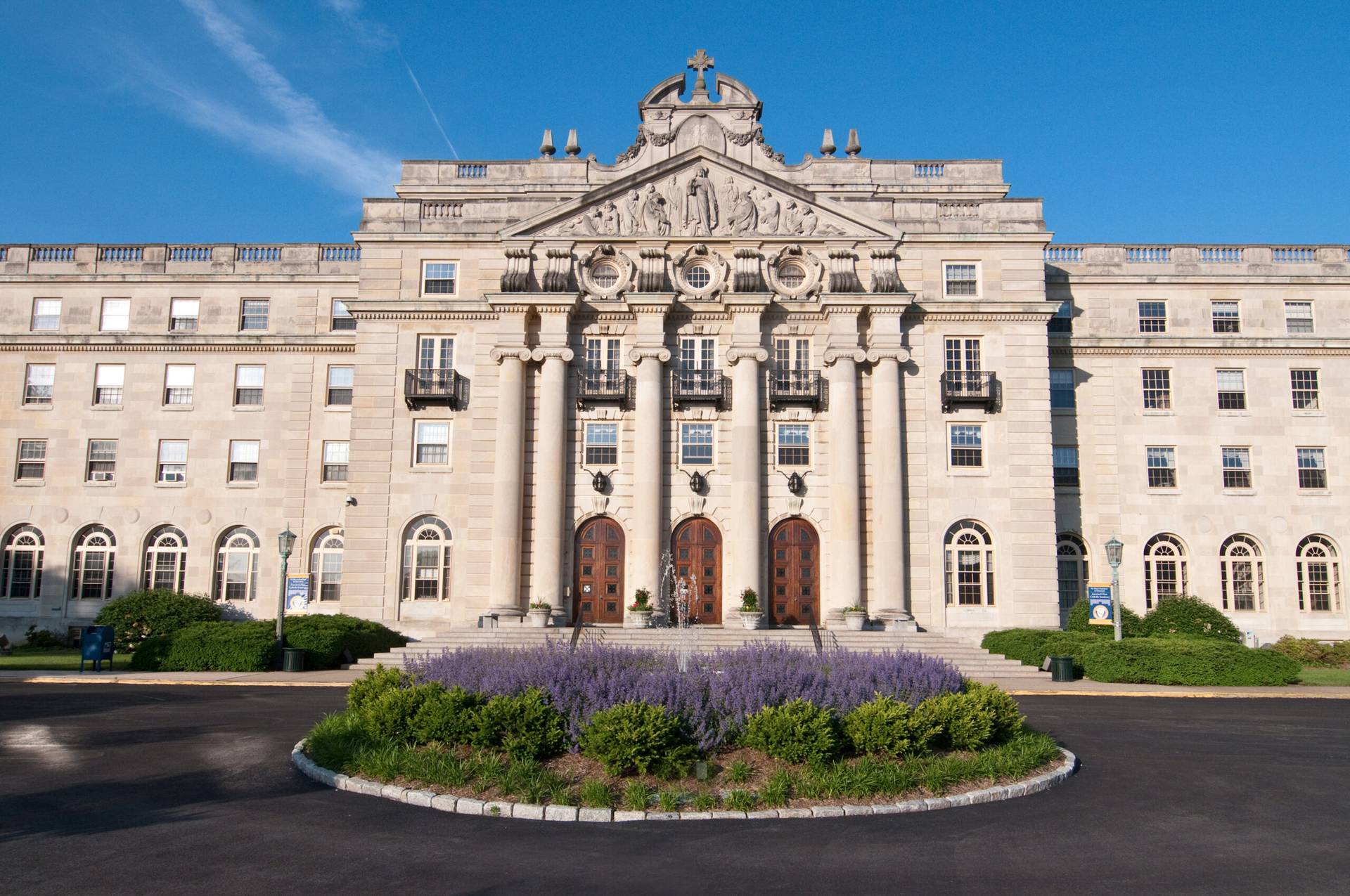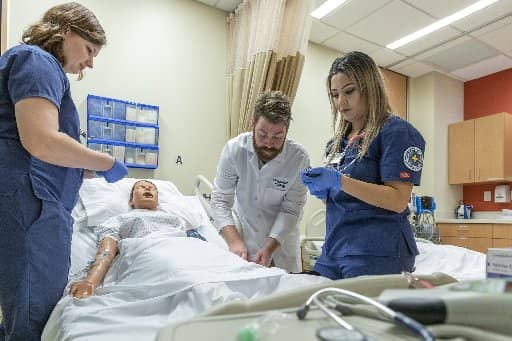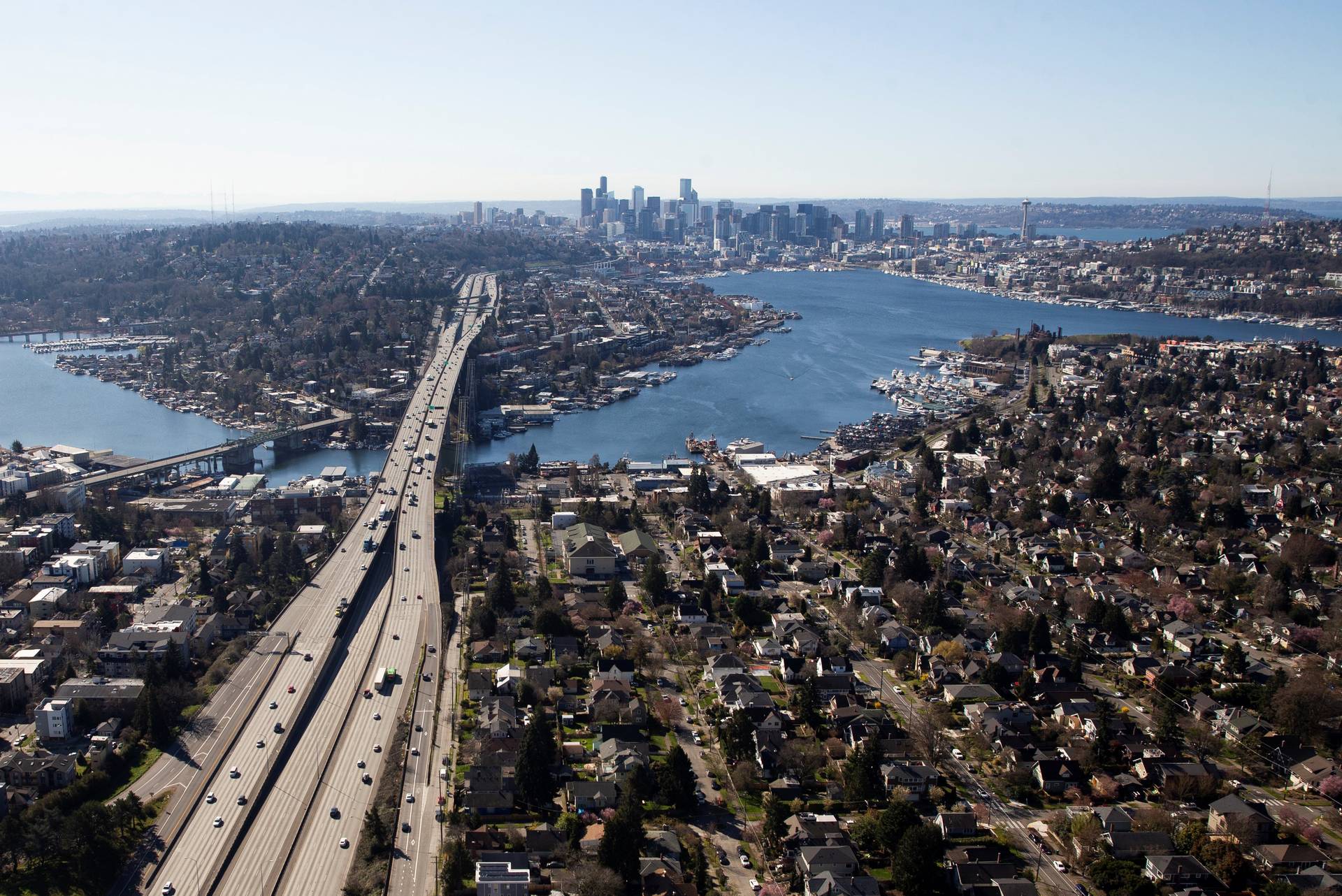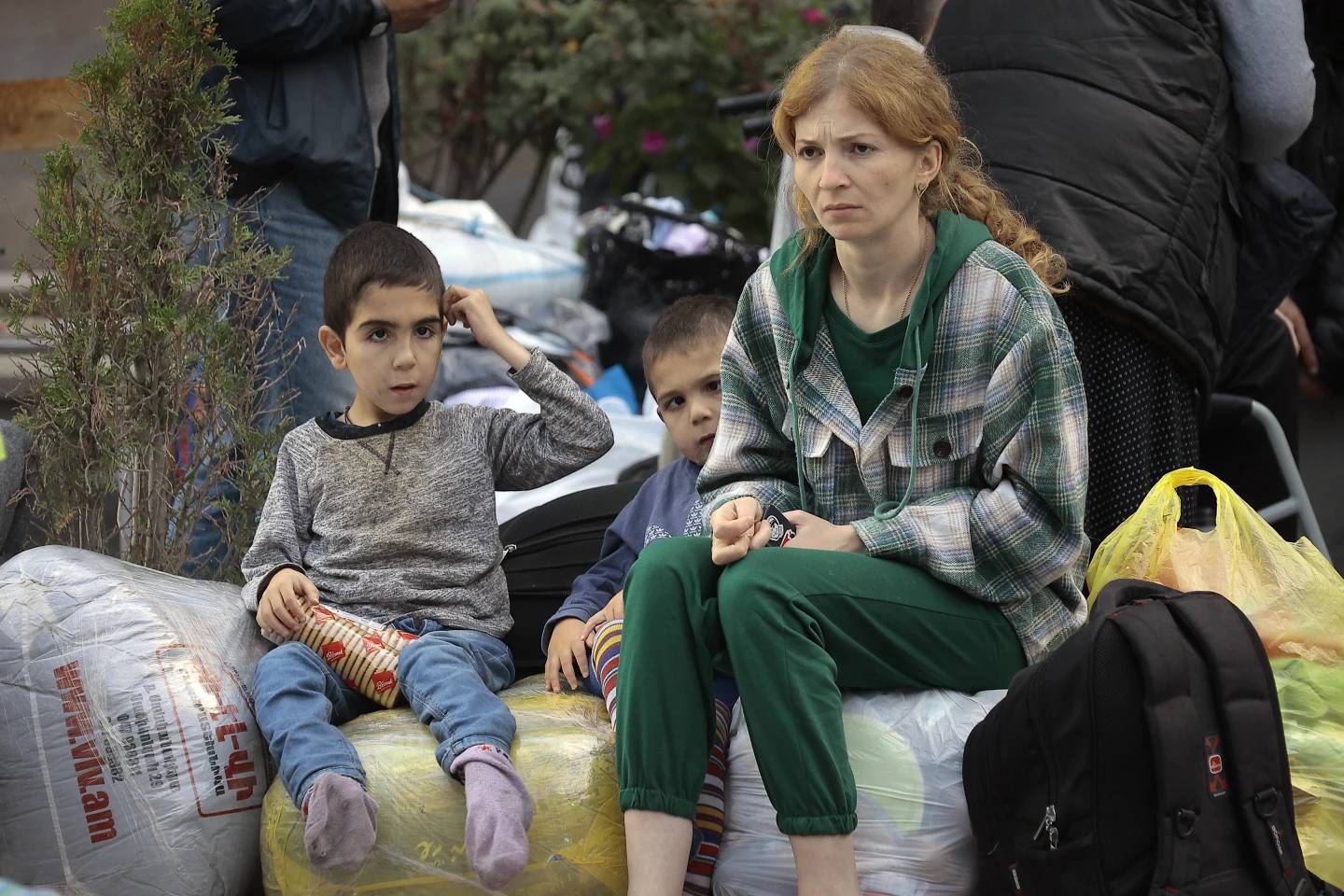[Editor’s Note: Richard M. Doerflinger retired in 2016 from the U.S. Conference of Catholic Bishops’ Secretariat of Pro-Life Activities, where for 36 years he prepared statements and testimony on abortion, euthanasia, human cloning, stem cell research, conscience rights in health care, and other issues. He has published in many journals and magazines, and his monthly syndicated column is distributed by the national Catholic News Service. He is a Fellow at the University of Notre Dame’s de Nicola Center for Ethics and Culture, an Associate Scholar at the Charlotte Lozier Institute, and an Adjunct Fellow at the National Catholic Bioethics Center. He holds B.A. and M.A. degrees from the University of Chicago, and conducted doctoral studies in Theology there and at the Catholic University of America. He spoke to Charles Camosy.]
Camosy: We are at a key moment, a crossroads for the pro-life movement. On multiple levels. You spent 36 years representing the Catholic bishops of the U.S. on pro-life issues. How are you thinking about this moment, especially in light of that experience?
Doerflinger: A landmark moment for the debate whether abortion is protected by the Constitution, a divisive issue in itself, is happening at a time when our politics is more polarized and divisive than I have ever seen. It is more vitally important than ever that we speak the truth in love. We have to make sure we have the facts, but people committed to a negative attitude toward unborn life will not be convinced by that alone. For example, are we pro-life people showing others that we care more about women than the pro-abortion movement that claims to represent their interests? The current drive for expanded pro-life pregnancy and parenting services is a good start on that. If Roe v. Wade is reversed, abortion will not end but become an issue of political debate in every state and locality as well as in Congress.
36 years is a long time, much of which I personally followed. You obviously had kind of tireless energy in pursuing and defending human dignity. Were there things in your personal life which drew you to this kind of work?
My Catholic education in high school, and becoming part of a wonderful Catholic community at the very secular University of Chicago, certainly helped. In my own family, my older brother Eugene was in a car accident in 1967, leaving him in what doctors called a “vegetative state” they said was permanent. One doctor even told my mother that she should forget she had a son, which was the wrong thing to tell this family. We figured out how to care for him at home, and my mom kept talking to him as though he could hear her – until one day he started answering. He lived another 40 years, residing later in a good nursing facility near us so we could have him over on weekends and take him to Mass on Sunday.
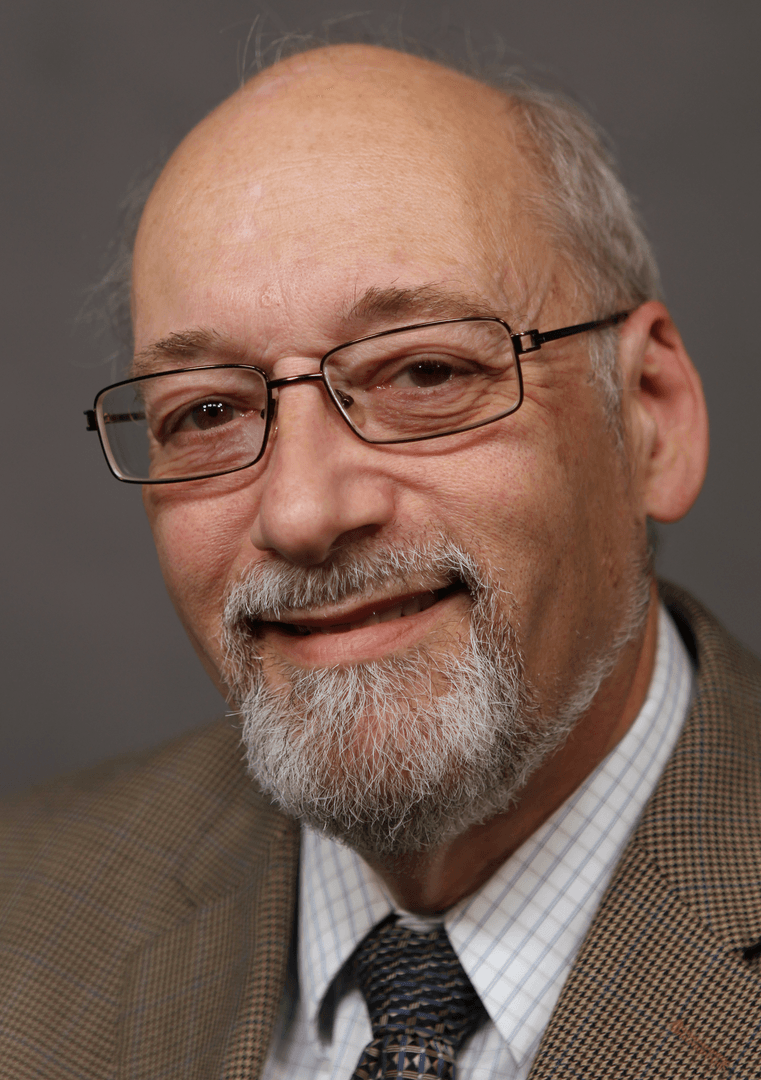
He was able to feed himself, read, have conversations, watch TV with us – but he had permanent disabilities, some of which were due to doctors assuming treatment and rehabilitation were irrelevant because he would not wake up. We learned a hard lesson about the cost of giving up too easily on life. When I studied the ethics of abortion and euthanasia in college I saw the same trend written large. Later, when I wanted to take a break from doctoral studies in theology and a job opened up in the bishops’ pro-life office, it was as though I felt destiny calling.
Wow, that is an amazing story about your brother. You and I have had reason to correspond on the changes that are finally starting to take place in certain corners of the medical community on these matters. Do you think we will move more in the direction of what Joe Fins names as a civil rights movement for populations with catastrophic brain injuries?
There is some progress. I attended a conference at the Vatican in 2004 where medical experts documented their findings about the so-called “vegetative state” – how often it was misdiagnosed, and how many wrongly assumed it to be permanent. Pope St. John Paul II delivered a tremendous address to the conference about our need to provide basic care, nourishment and solidarity to these most helpless brothers and sisters. It took fourteen years for the American Academy of Neurology to acknowledge what those experts knew in 2004, but we can hope that this marks a better medical understanding of these patients. The pro-life and disability rights movements have also been working together to fight against assisted suicide and discriminatory neglect of people with disabilities, and this holds promise for our being able to cross the political divides to help people at risk.
Word on the street is that you still identity as a pro-life Democrat. God bless you. You’ve been stronger than me during this, um, challenging time for those with our point of view.
I grieve for the disastrously wrong turn of my party. I even remind myself that since the party won’t acknowledge the inherent dignity of every human being from beginning to end, even when it’s right on a given issue it may be for the wrong reason. The growing hostility of many Democratic leaders to religious freedom and rights of conscience is equally appalling. When I worked for the Catholic bishops’ conference, however, this was a way during interrogation at a congressional hearing to deflect clueless questions that wrongly assumed my membership in the Religious Right. Now it remains a way for me to provide support and encouragement to the courageous few who remain active in politics as pro-life Democrats, who are more likely to be found at the state and local than at the national level. But it’s been a long time since I saw a national Democratic ticket I would feel happy to vote for. I’m always rethinking my status.
Where are we headed? What are the pro-life issues of the future?
The pro-abortion movement has abandoned its old emphasis on “freedom of choice” and now fixates on maximum “access” to abortion – which means an insistence on public funding, a campaign against conscience rights for health care professionals, and even an attack on clinic regulations trying to protect the life and health of women. In short, abortion will have more rights than women do. The movement’s flagship legislation, the “Women’s Health Protection Act,” is promoted as “codifying Roe” but would attack hundreds of modest laws that are valid under Roe. This new extremism may attract public opinion or, as I hope, it may backfire and turn off many Americans, just as the movement’s fervent defense of the grotesque partial-birth abortion procedure did over a decade ago. It’s too soon to tell.
The campaign for physician-assisted suicide is a growing threat. Not only is it moving to more states, but the states that already legalized the practice are facing expansion proposals that eliminate the “safeguards against abuse” that proponents promised would protect the vulnerable. Non-terminally ill people and people with cognitive disabilities are already endangered by medical neglect. Active euthanasia for them is around the corner unless people hear the alarm bells.
But technology may make us grapple with entirely new life issues in the 21st century. Christian ethicist Nigel Cameron used to say that we will move from issues about taking life, to those about making life (in vitro fertilization, human cloning), to those about faking life (artificial chromosomes, genetic engineering to make the “enhanced” or even the “post”-human). New advances in gene editing make that last set of issues into an impending threat. If scientists and their governments race to see who can make the “better” humans, who may look at us the way we look at lower primates, what becomes of our commitment to equal and inherent human dignity? And if climate change and environmental toxins make our common home more and more uninhabitable, some other life issues could become moot. Or to combine these issues, what if governments decide the practical solution to the environmental crisis is to modify humans so they can breathe toxins? The old pro-life issues will not go away, but will be joined by more complex and difficult ones.
